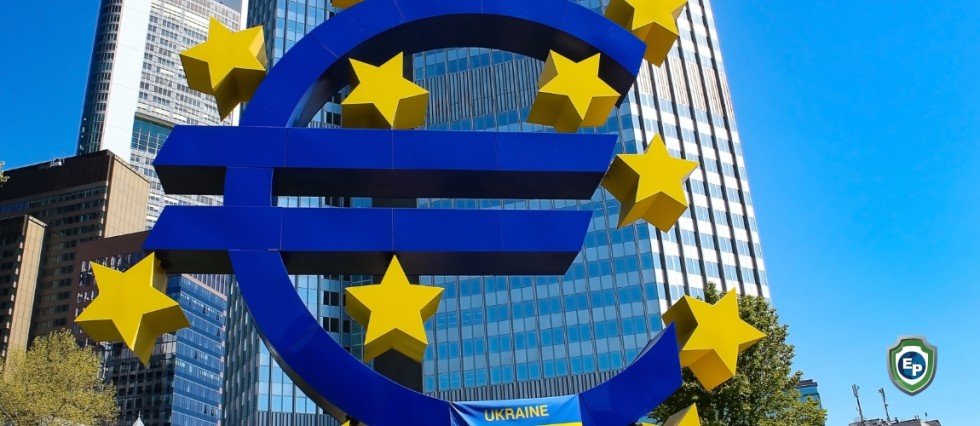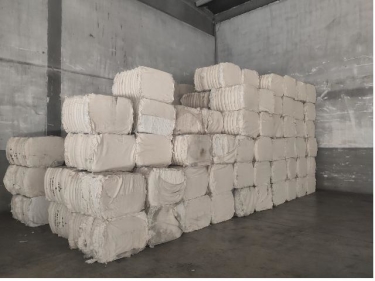EU Recovery Fund Set to Aid COVID-19 Recovery Could Be Used to Help Ukraine
Although the European Recovery Fund was created to help the European Union (EU) in rebuilding its economy following the COVID-19 pandemic, it may now be used to assist Ukraine. Come read our blog to learn more.

Following the COVID-19 outbreak, the European Recovery Fund was set up to help the European Union (EU) in rebuilding. However, in March, German Finance Minister Christian Lindner proposed that this fund could be reallocated to help support Ukraine as attacks from Russia are displacing thousands of citizens and causing increasing damage to infrastructure and national monuments.
What You Need to Know about The Fund
The pandemic has pushed our societies to the limit. Around the world, the way people live changed significantly, economies stalled, travel was restricted, and our healthcare systems were tested. In order to repair the bloc from the devastating effects of the pandemic, as well as to build durable and prosperous recovery, funds were set up by the European Commission.
The EU’s long-term budget for 2021-2027, alongside NextGenerationEU (NGEU) fund of €750 billion, will bring the EU budget to €1.85–€2.018 trillion, making it the biggest stimulus package ever financed in Europe. In addition to helping Europe recover, the fund was also intended to facilitate building a greener and more digital Europe. It was set to help prepare Europe for the future as well as overcome past trauma. Now, in light of Russia’s invasion of Ukraine, the EU may redirect these funds to assist the Slavic country.
Recovery Assistance for Cohesion and the Territories of Europe (REACT-EU) is a new initiative that was established to respond to crises. The initiative, which is part of NGEU, has €50.6 billion allocated to it. These funds may potentially be used to support Ukraine.

The Extent of Damage to Ukraine Infrastructure Is Brutal
Over the last two months, Ukraine’s infrastructure has faced brutal destruction from Russian bombardment. The attacks have led to numerous hospitals, schools, museums, railway stations, and places of worship being destroyed or damaged. It is estimated that the damage to Ukraine's infrastructure may currently exceed £90 billion.
The Kuindzhi Art Museum, which held more than 2,000 works, was destroyed in March following a Russian airstrike. The destruction goes further than loss of infrastructure. The extent of the damage has inspired residents of Ukraine to digitally preserve its national landmarks. A new crowdsourced app, Polycam, is being used to scan and generate renders of important monuments and buildings, should they be needed for future restorations.
The EU recovery fund may help to restore vital infrastructure such as hospitals, schools, and railways. The funds may also be used to help Ukrainian refugees. €17 billion of EU funds has already been dedicated to this cause, but more will likely be needed, given that an estimated 11 million have fled their homes due to the conflict. It is not yet certain if the reallocation of the funds will be agreed on, and how the funds may be used to help Ukraine will likely not be detailed until the repurposing of money is confirmed.
Join Export Portal Today!
Export Portal is a big supporter of fair international trade. Register on our site today and get the best for your business!


















Comments 0